The Best Cross-Training Shoes of 2024 to Support Every Workout
Compared to the best running shoes or walking shoes—which are designed primarily for forward motion—the best cross-training shoes are built to help athletes move in all directions.
Cross training can include everything from burpees to med ball slams to rope climbs, striking a blend of HIIT workouts and more traditional strength training. As such, your feet can take a beating.
When shopping for cross-training shoes, consider the types of training you’ll use them for and how you want your feet to feel. Some shoes offer more support, stability, or traction than others. Below, we’ve rounded up the best cross training shoes from legendary brands like Reebok and Nike, as well as upstarts like R.A.D. Nike Metcon 9 takes the top spot for being incredibly versatile with a slightly raised heel, rubber rope wrap suitable for CrossFitters, and new technology that makes for easy on and off.
So, if you need new shoes for CrossFit, weightlifting, fitness classes, or even pickleball, you’re in the right place. These are the best cross-trainers on the market now.
Best Cross-Training Shoes Overall: Nike Metcon 9
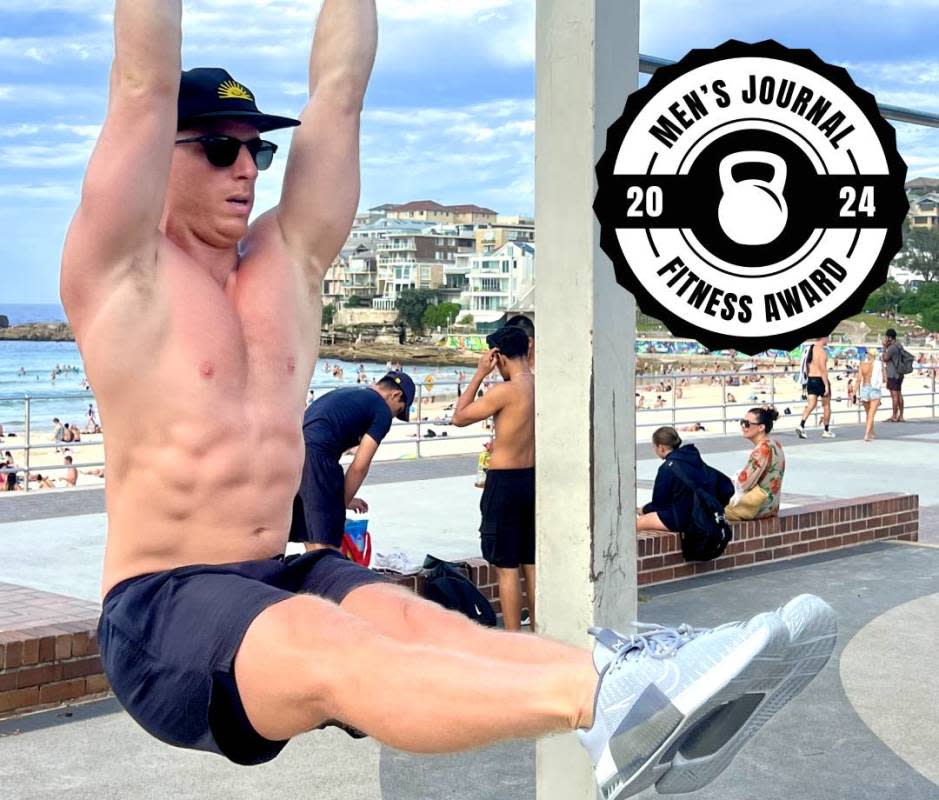
Spenser Mestel
Just as we’ve come to expect from Nike's Metcon line, which first became popular among the CrossFit community, Nike Metcon 9 is a cross-training success. What’s new to this iteration is the Hyperlift plate, which slightly raises the heel and makes it easier to squat. There’s also a rubber rope wrap, which protects your foot (and the shoe) against the friction of rope climbs.
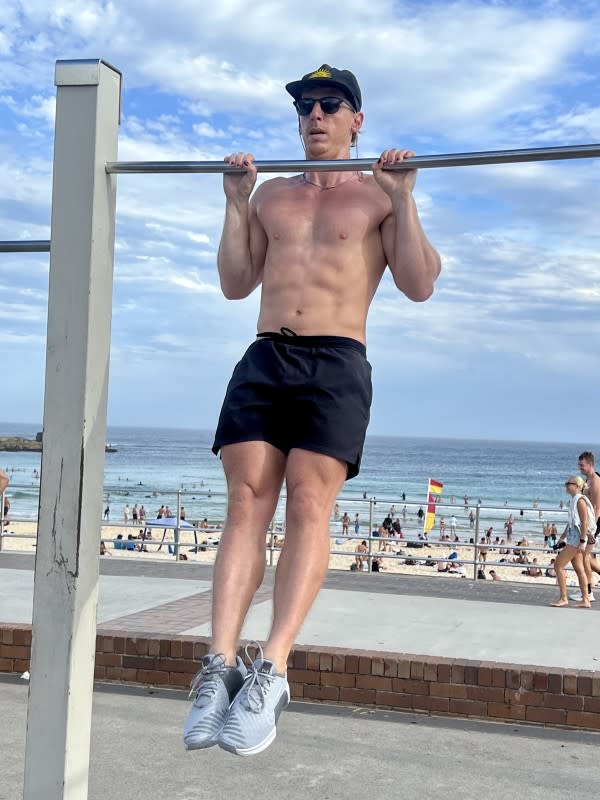
Spenser Mestel
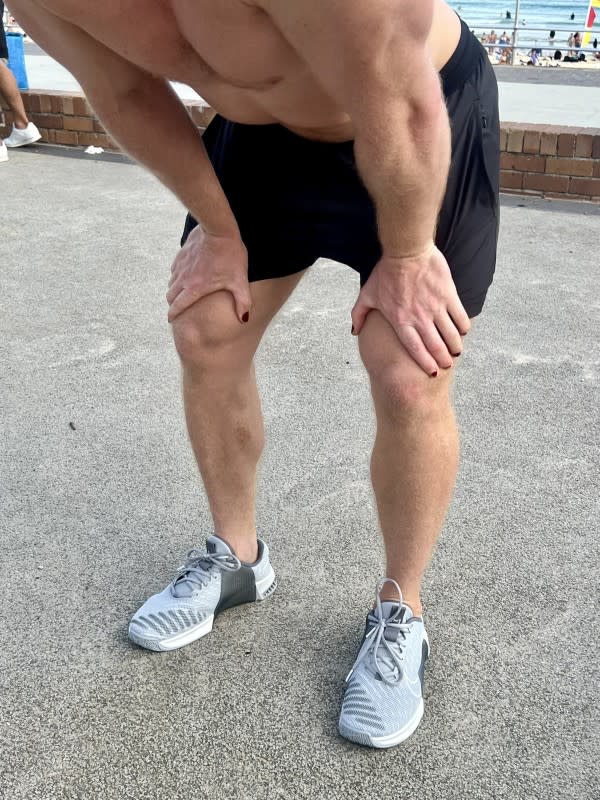
Spenser Mestel
Overall, the shoe is comfortable, durable, and easy to move in, which is exactly what a cross-trainer should be. It also has “EasyOn” technology, so you can slide your foot into the shoe without unlacing it. This minimizes transition time if you like to switch between a cross-training shoe and a weightlifting shoe in the same workout. It also preserves the integrity of the shoe if you tend to cram your foot into all workout shoes instead of unlacing.
Unlike some other pairs on this list, which focus on running, this shoe leans into lifting, especially with the higher heel. If you want something a bit lighter, experiment with one of the others in the Metcon line, which is consistently high-quality.
Pro tip: If you're on a budget, older pairs are often on sale.
Best Cross-Training Shoes for CrossFit: Reebok Nano X4
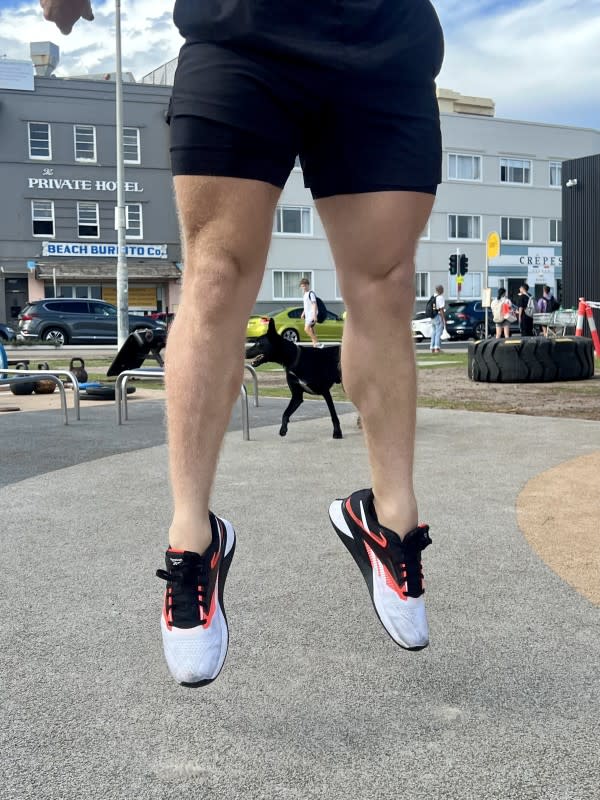
Spenser Mestel
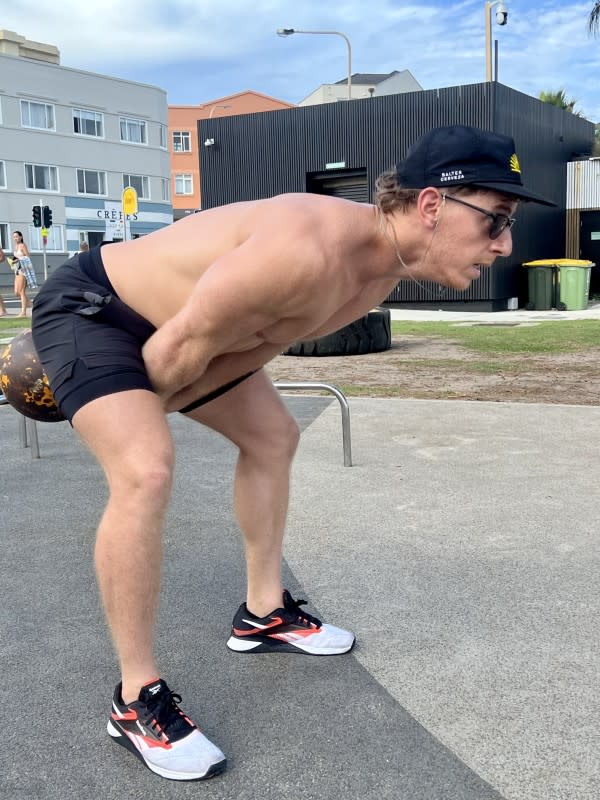
Spenser Mestel
For years, Reebok was the official sponsor of the CrossFit Games, and its shoes reflect that commitment to the sport. Like Nike’s Metcon line, Reebok’s Nano line continuously delivers, and Reebok Nano X4 is the lightest, most breathable model yet.
We’d be impressed if you found a sport, activity, or lift the shoe’s designers hadn’t anticipated. It boasts midfoot ventilation to keep hot spots to a minimum during EMOMs; a grippy rubber outsole for better traction on turf; and Reebok's Flexweave® woven textile upper, which minimizes weight, improves flexibility, and maintains durability; and a heel clip to keep your feet locked down during high-octane movements like burpees and jump squats.
Best Cross-Training Shoes for Weightlifting: R.A.D. One
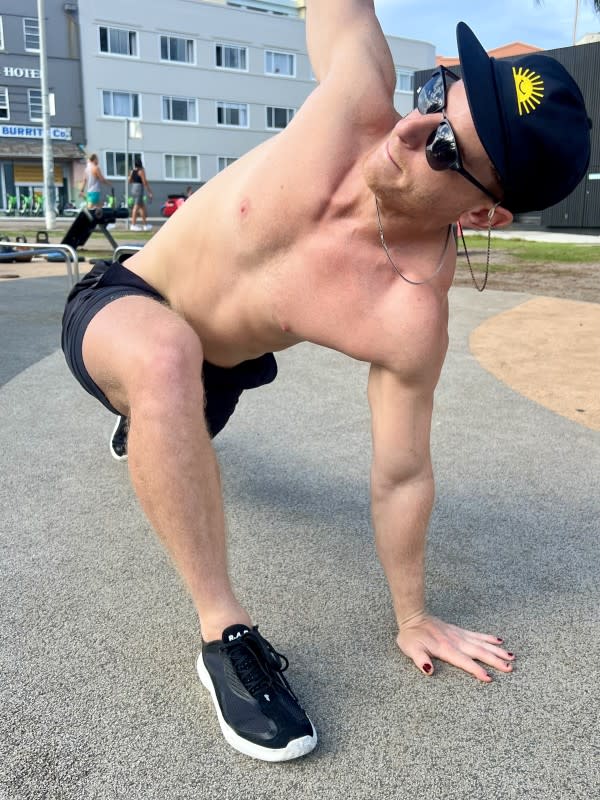
Spenser Mestel

Seemingly overnight, R.A.D. has exploded onto the fitness scene. R.A.D. One shoes have all the bells and whistles you want—cushion for plyometrics and stability for lifting—and they’re also a bit heavier than the other pairs on the list.
That makes them more ideal for lifting than for bodyweight movement like L-sits and hollow holds. The design skews more fashionable to boot, making it a great fit for anyone looking to switch up their aesthetic.
Most Stylish Cross-Training Shoes: NOBULL Impact
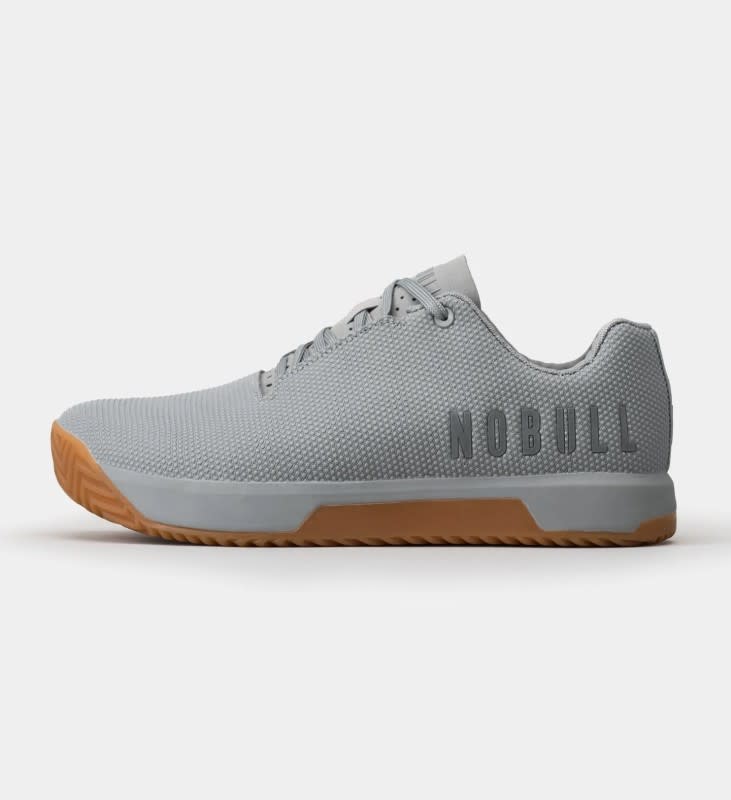
Courtesy Image
The current sponsor of the CrossFit Games (and recently acquired by Tom Brady’s TB12 brand), NoBull has always focused on comfortable, supportive cross-trainers. NoBull Impact is no different. It’s roughly in line price-wise with the other shoes on this list, but will likely outlive them.
The SuperFabric® one-piece upper is better apt to withstand wear and tear, standing up to years of grueling workouts. The added cushioning provides welcome shock-absorption during lateral hops and speed work. And a wider toe box maintains stability—making these a great option for those with wide feet.
Plus, with its more minimal design and wide range of colorways, you can easily wear it from your gym to a bar or restaurant without feeling entirely out of place.
Most Comfortable CrossTraining Shoes: Under Armour UA SlipSpeed Training Shoes
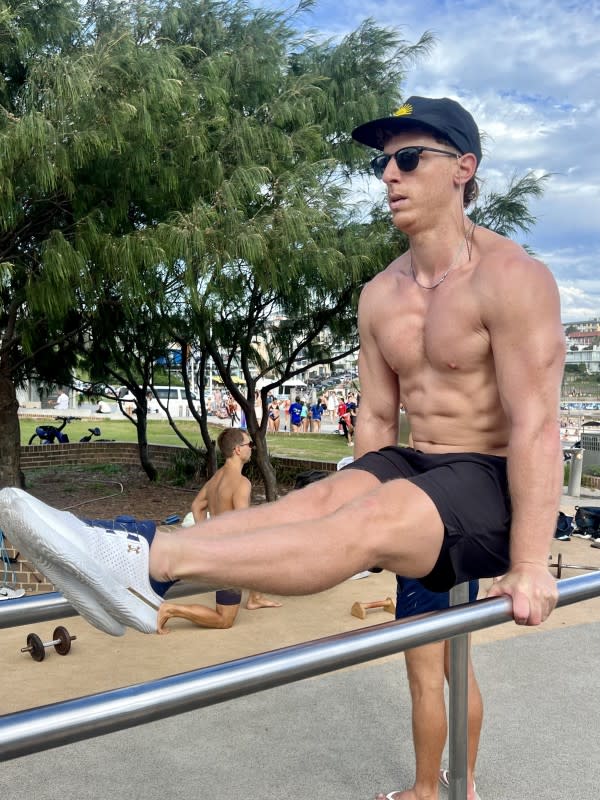
Spenser Mestel
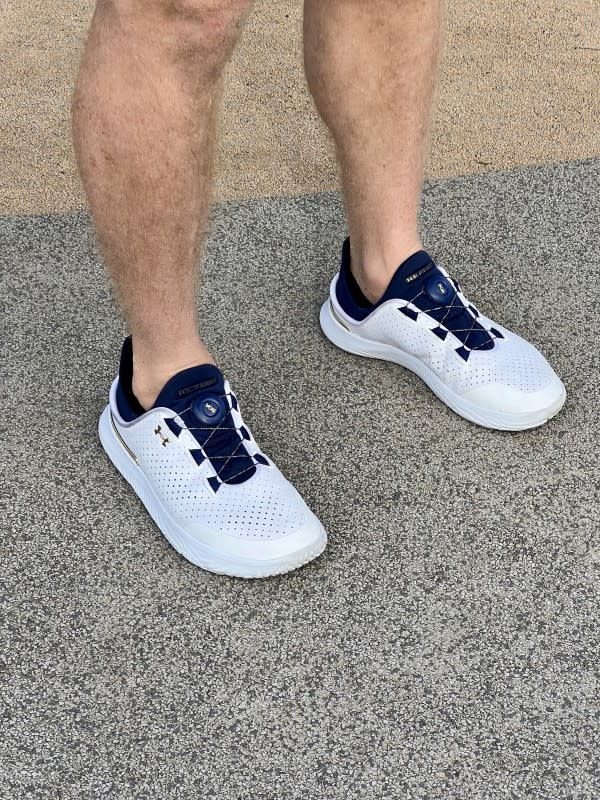
Spenser Mestel
We were skeptical at first about the most obvious feature on Under Armour's UA SlipSpeed Training Shoes: the BOA fit system. Would twisting a little nob to tighten the shoes really provide all the support we needed for our ankles? (And would it also make us feel like toddlers?) The answer was yes (and no).
It’s almost hard to go back to conventional laces once you’ve used a BOA closure, which also makes the shoe insanely comfortable and easy to slip on and off. You're able to make micro-adjustments on the fly if you prefer your shoes to be a bit more snug during high-intensity cardio.
More Cross-Training Shoes We Love
Why You Should Trust Us
I live to cross-train. I've done CrossFit for eight years and have coached it for two. I've also done pretty much every boutique fitness class you can name, including Barry's, OrangeTheory, SoulCycle, F45, Row House, [solidcore], and The Class. Now that I'm living in Sydney, Australia, a world capital of fitness, I'm also running, biking, and walking more than I ever have, so I'm always on the hunt for the ideal set of cross-training shoes.
Our Testing Process
Over a month of testing, I ran these cross-training shoes through every movement I could think of, from the big lifts (e.g. deadlifts, squats, cleans, and snatches) to key bodyweight and gymnastics movements (e.g. pushups, pullups, box jumps, weighted jumps, lunges, and handstands) to cardio exercises (e.g. rowing, running, and cycling). I also joined a number of workout classes, including CrossFit at 98, an Australian-based gym co-owned by Russell Crowe, along with a few supplementary workouts at the Muscle Beach-inspired outdoor gym at Bondi Beach.
My most important decision-making factors when reviewing shoes included:
flexibility, especially in the upper foot, because a shoe that doesn't bend well can't accommodate a wide range of movements;
a balance between durability and weight, especially for gymnastics movements, where I want a shoe that's light but supportive to survive hundreds of workouts;
and a range of colorways in a stylish silhouette, especially when I want something I can wear with athleisure.
What We Look for in the Best Cross-Training Shoes
Our top cross-training shoe choices are constructed from the latest plastics and rubbers in order to bend and fold where you need flexibility; offer cushioning where your toes, heels, and ankles apply the most pressure; and remain durable everywhere else.
Low Stack Height
For starters, I'm looking for a shoe with a relatively low stack height (i.e. the distance between your foot and the ground). A shoe that has a lot of cushioning, like Hoka shoes, are great for running, but will throw off your balance during lifts. That said, I do like a little elevation in the heel to help support me during cleans, snatches, and squats—especially when I'm traveling. I don't want to bring lifting shoes that are hyperspecific to one modality; pack a cross-trainer that's sufficient for a wide range of movements.
Flexibility and Support
Overall, cross-training shoes should be a little less flexible to offer more support and heavier to stabilize footfalls. Because some of these shoes trend heavier, flatter, and stiffer, it’s best to only run short distances in them to prevent fatigue.
I love plyometrics, so I can't be worried I'll roll an ankle while doing box jumps or jumping lunges. I have to have ankle support. That comes in different forms depending on the brand. Reebok accomplishes it with its Lift and Run Chassis system, while Nike's has a "lace lock system" to ensure the shoe stays snug.
Breathability
I expect to sweat during workouts, my feet included, but breathability is a must for comfort. The best cross-training shoes incorporate some kind of mesh to provide ventilation in order to dump heat and moisture.
Plastic Overlays for Durability
You want cross-training shoes to protect your arches and toes from the strain of dynamic activities, like rope climbs and sled pushes. Some are covered in rubber for all-around protection, but I like the plastic guards others have on the sides, which is meant to protect the shoe during rope climbs. Even though it seems gimmicky, the ropes generate a lot of friction, so it pays to have a bit more protection there.














